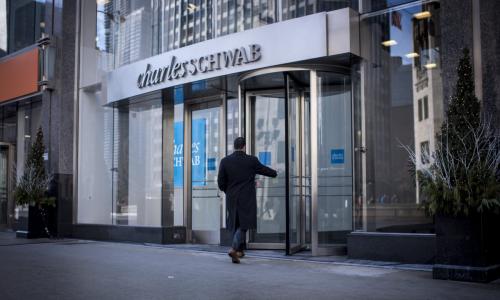For a number of years there has been a move towards consolidation in the banking industry; in 1997 there were 9,143 banks in the United States, now there are only 6,263.[1] This trend is predicated on several factors: many banks made bad loans and then either failed during the credit crisis or were bought out by competitors, while others have struggled to pay back loans from TARP (the Troubled Asset Relief Program) with the same blend of results.[2] However, there are less well publicized and more troubling reasons for the decrease in the number of lending institutions including the inability of many smaller banks to cope with the post-financial crisis regulatory environment. In a classic case of unintended consequences, the requirements of the Dodd-Frank Act, a bill designed to make the banking industry more stable, may be accomplishing just the opposite as small banks have been closing their doors or have been acquired by their larger brethren due to the costs of the additional regulatory paperwork. The smaller institutions lack manpower and automated systems and are thus less efficient and profitable, making it difficult, and often impossible, for them to remain competitive.[3] Additionally, in an interview given to CNBC on July 13th, 2012, John Kanas, CEO of Bank United attributes the struggles of small banks to what he refers to as the “obsession with Keynesian economics” which are driving interest rates down to such low levels that making money the traditional way -making loans within the local communities and taking in deposits- is no longer possible.[4]
This does not appear to be a transient state of affairs as according to the FDIC 29 banks have failed so far this year and 180 have been absorbed through mergers and acquisitions. 418 fewer banks are projected to exist by the end of 2012 than existed when the year began. Additionally, fewer banks than ever before are making their way into the market. Again, according to the FDIC, applications for bank charters have plummeted since 2008, with only 37 applications being filed in the past four years, none so far in 2012, with the latter representing the lowest number since that statistic began being tracked in 1934. In comparison 164 such charter applications were filed in 2007, just prior to the onset of the credit crisis.[5]
All of this has led to an even greater concentration of assets among a smaller group of lenders as nearly two-thirds of all U.S. commercial bank assets are now housed at only five financial institutions.[6] There are fewer banks currently operating that are larger in size than before, a trend that some have described as oligopolistic; clearly banking activities and their associated interest rates are being dominated by a decreasing number of banks of greater size and influence.
The control of lending and interest rates by such a small number of large financial institutions is problematic for a number of reasons. The lack of small banks could hamper the ability of small businesses and entrepreneurs to gain access to capital; given that small businesses generate most employment growth in the United States, such a lack of capital could hinder economic growth.[7] The control of interest rates by such a small number of banks can lead to abuse of the power inherent to such exclusive influence as the ongoing LIBOR scandal illustrates quite clearly.[8] Additionally, although interest rates are at historically low levels, making it a borrowers market, this will not always be the case, and with so few lenders participating in the process of setting rates and offering loans, borrowers will have a correspondingly limited set of options available to gain access to capital.
In order for borrowers to have the greatest accessibility to the lowest rates there must be an optimal level of competition in the market. With an increasingly small group of lenders comprising that market it is questionable whether such optimal competition can exist. Without an efficient market, one that allocates capital to those best suited to employ it, economic growth will not be maximized. Without competition in the capital markets, in other words, the United States economy will have yet another headwind it can ill afford. The continued concentration of the finance industry through institutional consolidation and the lack of new entrants into the market is an issue that must be addressed in order to ensure that those seeking to borrow money do so in a market that sets an equitable rate, one that is not unduly influenced by a minimal number of massive banking institutions.










Add your Comment
or use your BestCashCow account